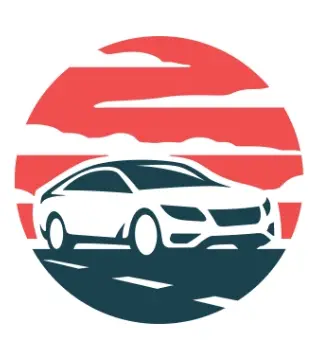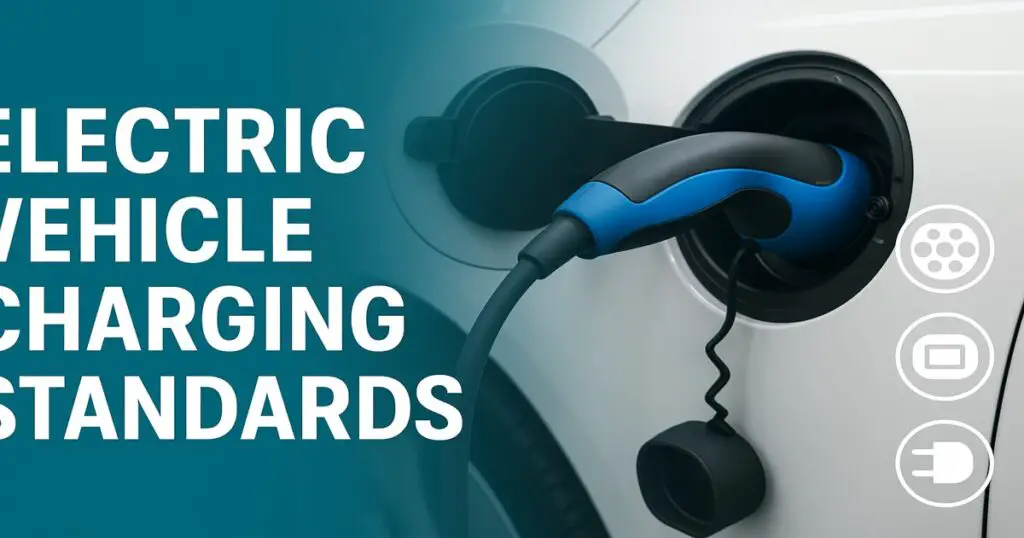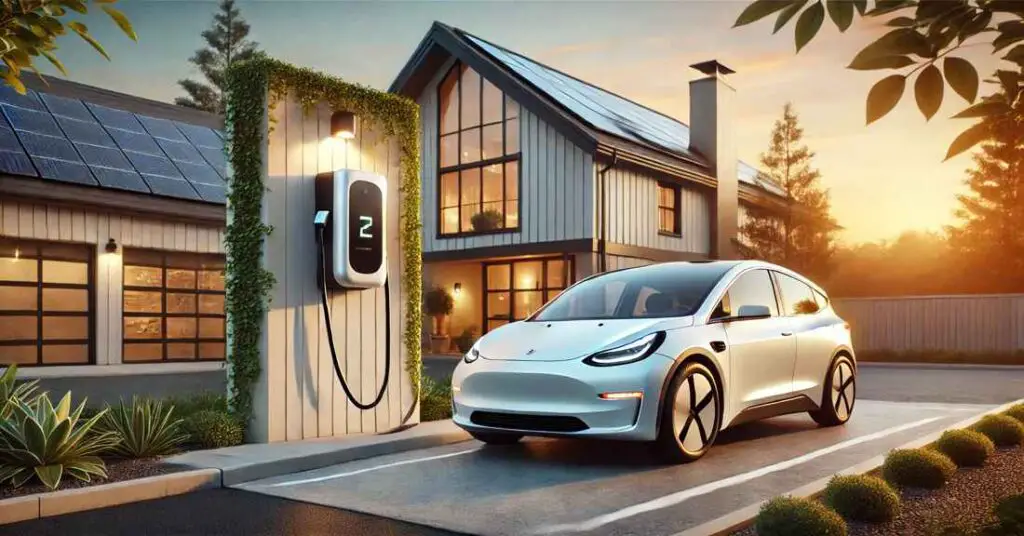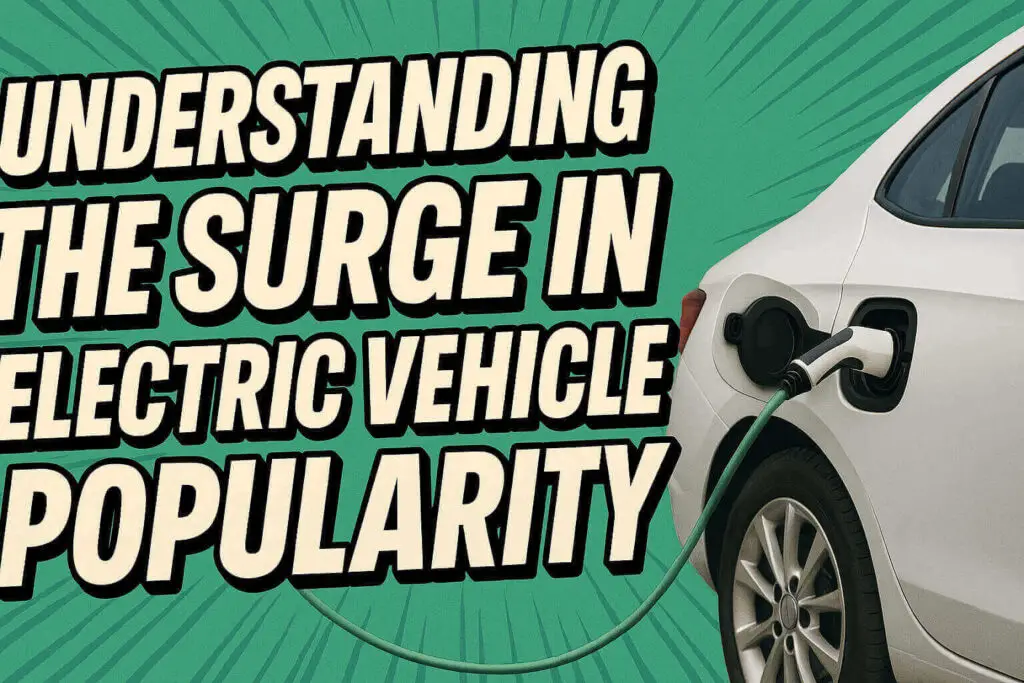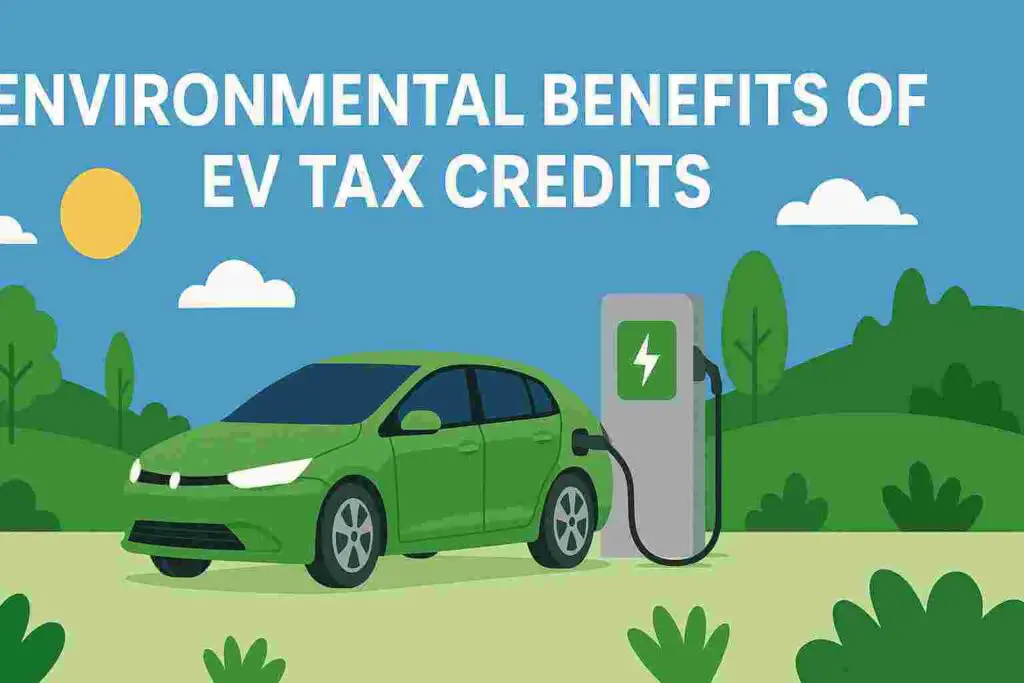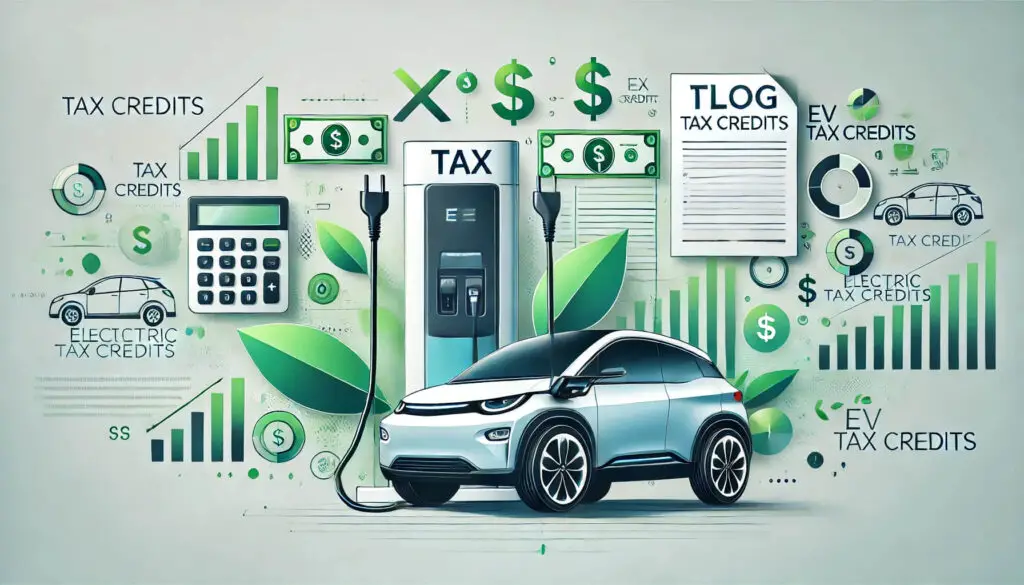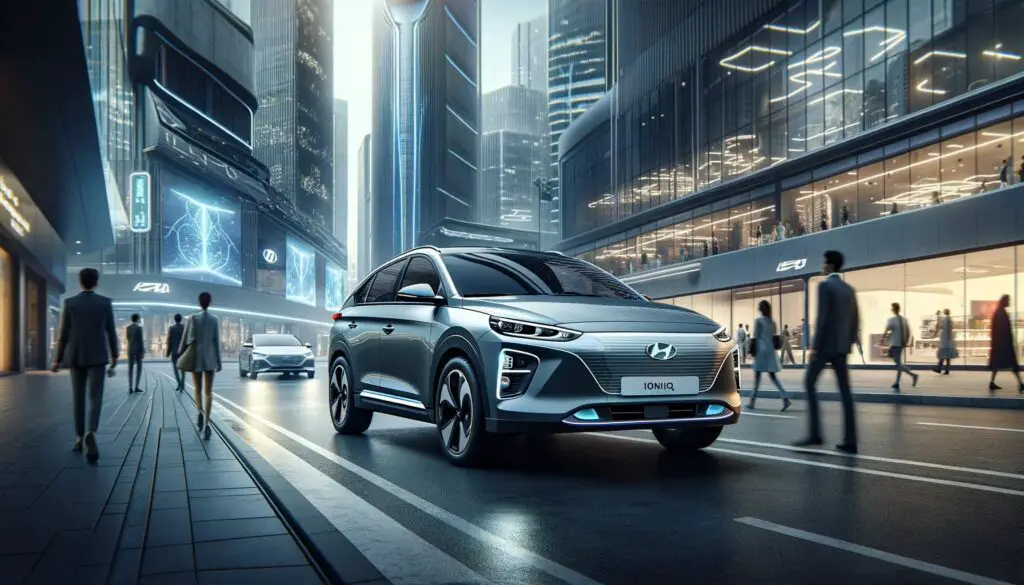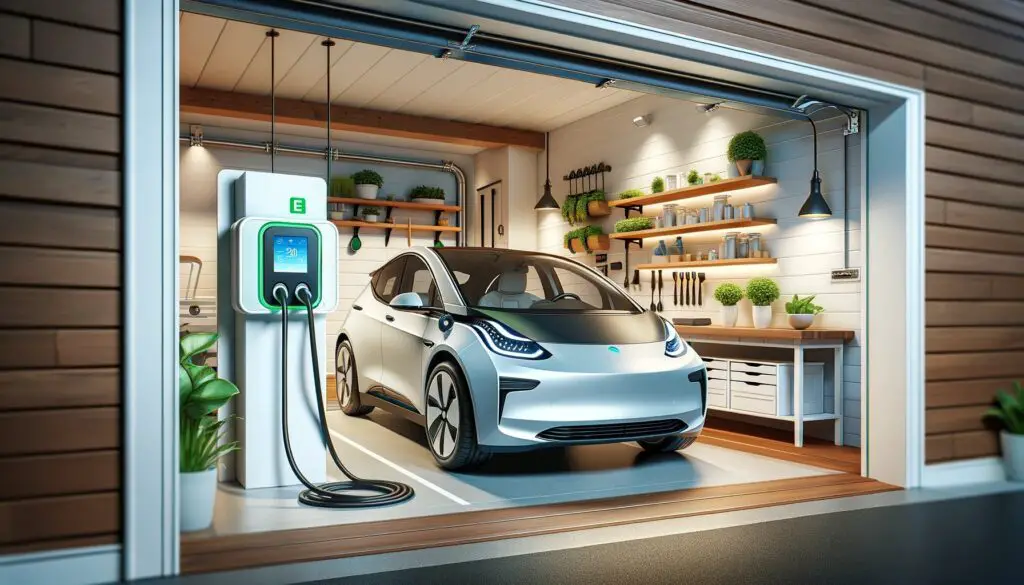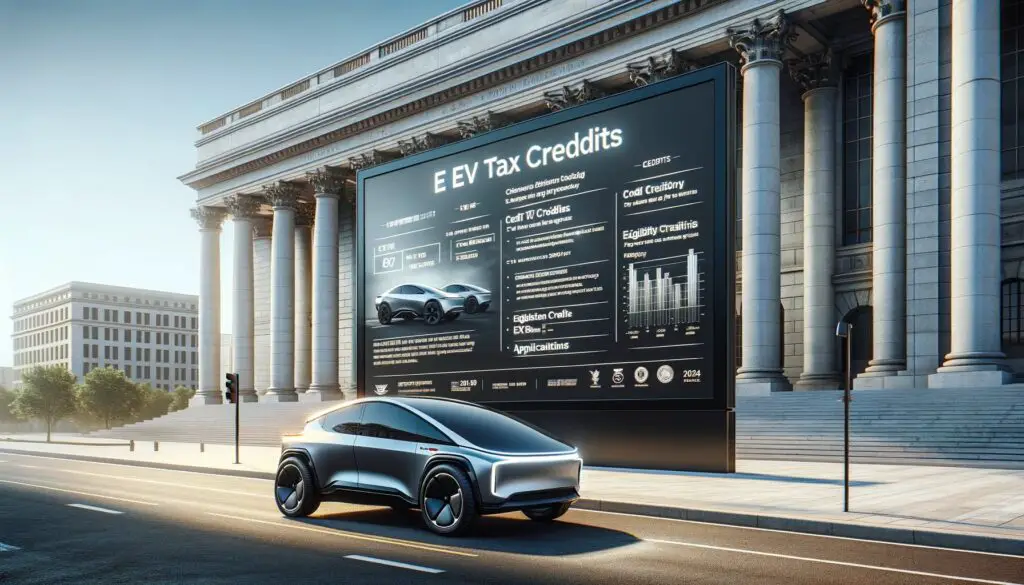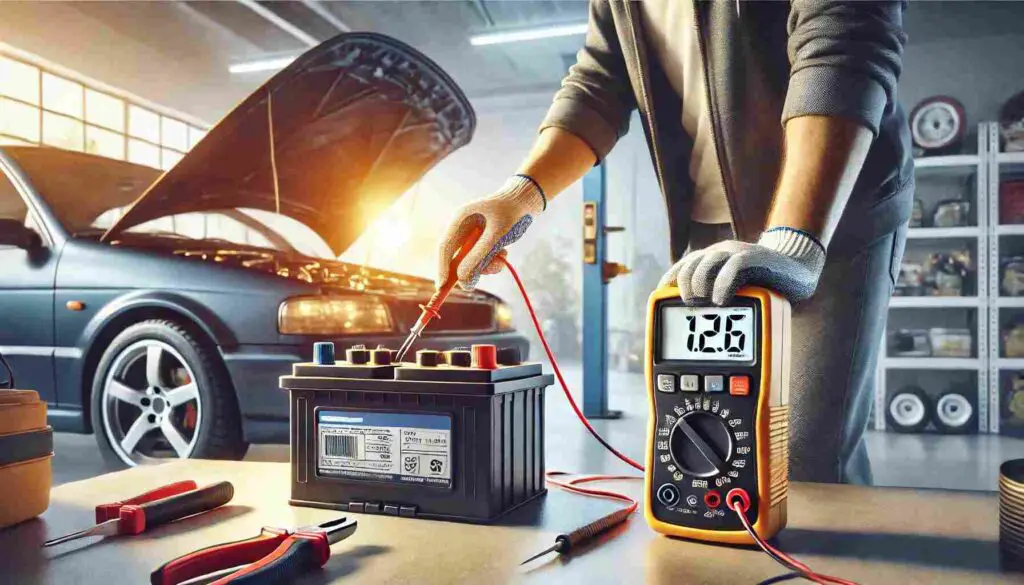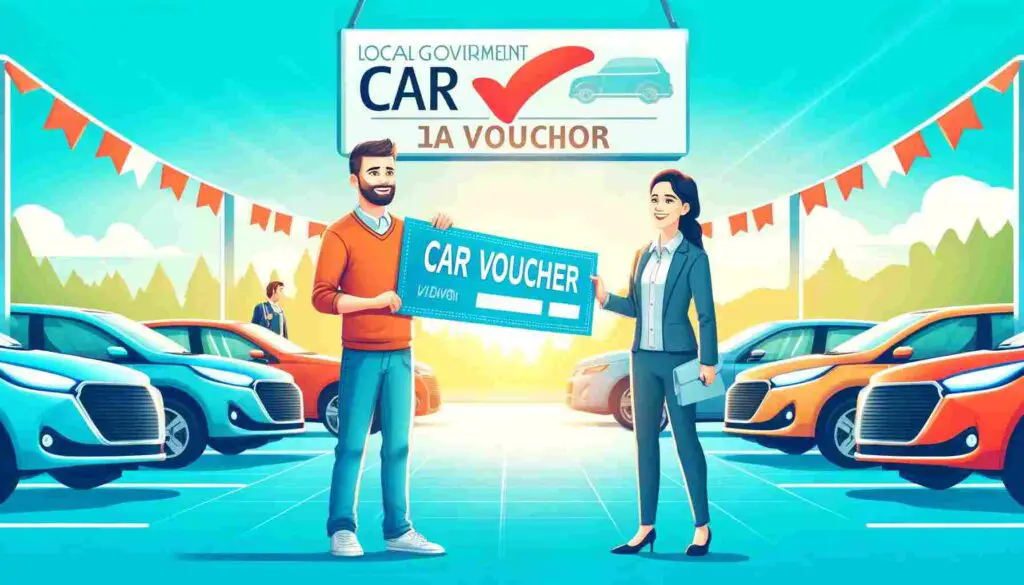1. Introduction: The Backbone of the EV Revolution
1.1 What This Guide Covers
This is your go-to source for understanding electric vehicle (EV) charging standards—covering connector types, charging levels, global compatibility, fast and wireless charging, and how standards affect home setups and public infrastructure.
1.2 Why Charging Standards Are Crucial
Without standardized systems, charging can be inconsistent, inconvenient, and frustrating. Standards ensure safety, compatibility, efficiency, and future readiness.
1.3 EV Popularity and Why Standardization Is Urgent
As EVs become mainstream, fragmented charging systems create confusion. Global alignment on standards is critical for smooth adoption.
2. Basics of EV Charging
2.1 How EV Charging Works
EV charging transfers electrical energy from the grid to the battery via the onboard charger. Charging speed depends on battery size, charging level, and connector type.
2.2 Key Components
-
EVSE (Electric Vehicle Supply Equipment): Controls power delivery.
-
Connector and Inlet: Physical interface between EV and charger.
-
Onboard Charger: Converts AC to DC.
-
Battery Management System (BMS): Manages charging safely.
2.3 Charging Levels
-
Level 1 (120V): Standard household outlet, ~3-5 miles/hour.
-
Level 2 (240V): Home and public stations, ~10–60 miles/hour.
-
DC Fast Charging: Bypasses onboard charger, ~80% in 30 mins.
3. Why Standardization Matters
3.1 The Problem Without It
Incompatible connectors, fragmented protocols, limited roaming—all slow down EV adoption.
3.2 Benefits of a Unified System
-
Seamless travel across regions
-
Simplified manufacturing
-
Easier public and home charging
3.3 Who’s Responsible?
Governments, automakers, and charger manufacturers all play a role in enforcing and adopting global EV charging standards.
4. EV Connector Types Around the World
4.1 Type 1 (SAE J1772)
-
Used in North America and Japan.
-
AC charging only.
-
Mostly for Level 1 and 2.
4.2 Type 2 (Mennekes)
-
Dominant in Europe.
-
Supports 1- or 3-phase AC.
-
Often integrated with CCS2 for DC.
4.3 CHAdeMO
-
Origin: Japan
-
Fast DC charging, bidirectional (supports V2G)
-
Used by Nissan, Mitsubishi
4.4 Combined Charging System (CCS)
-
CCS1 in North America
-
CCS2 in Europe
-
Combines AC (Type 1 or 2) with DC pins
-
Global adoption growing rapidly
4.5 Tesla Supercharger
-
Proprietary connector
-
North American version incompatible without adapter
-
New models shifting to NACS (North American Charging Standard)
4.6 GB/T (China)
-
Separate AC and DC connectors
-
Evolving toward unified design
-
Dominant in China
5. Charging Standards by Region
5.1 North America
-
CCS1 + J1772 = Industry standard
-
Tesla using NACS; now opening up Superchargers
5.2 Europe
-
Type 2 + CCS2 widely accepted
-
EU mandates Type 2 compatibility
5.3 Asia
-
Japan: CHAdeMO and Type 1
-
China: GB/T
-
Korea: CCS2 gaining ground
5.4 Middle East & Africa
-
Mixed infrastructure
-
CCS, Type 2 gaining traction
5.5 Australia & NZ
-
Type 2 for AC
-
CCS2 for DC
-
Growing infrastructure with global alignment
6. Fast Charging Standards
6.1 Defining Fast Charging
DC charging with output ≥50 kW is considered fast. Some networks offer 350 kW.
6.2 CHAdeMO vs CCS
| Feature | CHAdeMO | CCS |
|---|---|---|
| Speed | Up to 400 kW | Up to 350 kW |
| V2G Support | Yes | Planned |
| Adoption | Declining | Growing fast |
6.3 Tesla Superchargers
-
V3 stations deliver up to 250 kW
-
Adapters required for non-Tesla EVs (for now)
6.4 Ultra-Fast Charging
New stations offer 350+ kW. Perfect for long trips and fleets.
7. Wireless EV Charging Standards
7.1 Inductive Charging Basics
Power transferred via electromagnetic fields, no cables.
7.2 Leading Technologies
-
SAE J2954: Light-duty vehicles
-
WiTricity: Commercial and aftermarket solutions
7.3 Push for Standardization
Groups like SAE, ISO, and IEC are aligning on safety and efficiency.
8. Home Charging and Why Standards Matter
8.1 Compatibility Is Everything
Choose a charger that matches your EV’s onboard specs and connector.
8.2 Smart Charging
-
Remote monitoring
-
Load balancing
-
Tariff-based scheduling
8.3 Look for UL/IEC Certifications
Certifications ensure electrical safety and global compliance.
9. Public Charging Infrastructure
9.1 Understanding What’s Out There
Apps like PlugShare help you find:
-
Level 2 or DC
-
Connector type
-
Payment method
9.2 Role of Standards
Interoperable chargers mean any car can use any network.
9.3 Cross-Network Compatibility
OCPP and ISO 15118 enable cross-brand communication.
10. Interoperability and Open Standards
10.1 What It Means
The ability of all chargers and vehicles to work together, regardless of manufacturer.
10.2 OCPP (Open Charge Point Protocol)
Open protocol for charger-to-network communication.
10.3 ISO 15118 (Plug & Charge)
Vehicle and charger communicate automatically. No apps, no cards.
11. Payment Protocols
11.1 Standardizing the Payment Experience
Effortless payments = faster adoption. Standards help.
11.2 Payment Options
-
RFID cards
-
Mobile apps
-
Contactless credit cards
11.3 Subscription vs. Pay-As-You-Go
Pick based on usage. Subscriptions can save money for regular drivers.
12. V2G (Vehicle-to-Grid) Standards
12.1 What’s V2G?
EVs feed power back into the grid. Helps balance energy supply.
12.2 Protocols Supporting V2G
-
ISO 15118-20
-
CHAdeMO (fully supports V2G now)
12.3 Challenges
Battery health concerns, limited infrastructure, utility regulations.
13. Standards Bodies: ISO, IEC, SAE
13.1 Who They Are
-
ISO: International Standardization
-
IEC: Electrical standards
-
SAE: Automotive engineering
13.2 Must-Know Standards
-
ISO 15118: Plug & Charge
-
SAE J1772: Type 1
-
IEC 62196: Type 2, CCS
13.3 Harmonization Efforts
Global groups working to eliminate fragmentation.
14. Automakers and Their Charging Choices
14.1 Who Uses What?
-
Tesla: NACS / Superchargers
-
Ford/GM: Moving to NACS
-
BMW/VW/Mercedes: CCS
-
Hyundai/Kia: CCS2
14.2 OEM Collaboration
More automakers are forming alliances with networks like Electrify America, Ionity, and ChargePoint.
14.3 Toward a Universal Future
Most OEMs are shifting to CCS/NACS for global harmony.
15. What’s Next for Charging Standards?
15.1 Trends to Watch
-
800V architectures
-
350kW+ charging
-
Bidirectional charging
15.2 Global Collaboration
ISO, IEC, SAE, and regional groups working together for unified systems.
15.3 What It Means for You
More chargers, fewer cables, better range, faster refueling.
16. Charging Standards & Sustainability
16.1 Green Energy Integration
Standards enable EVs to charge when renewable supply is high.
16.2 Solar + Storage + EV = Eco Ecosystem
Use solar to charge at home. Feed excess back to the grid.
16.3 Grid Stability
V2G-ready EVs help stabilize energy demand and reduce outages.
17. Policy and Regulation
17.1 Laws That Shape Standards
Regulations mandate connector types, safety protocols, and incentives.
17.2 Incentives for Compliant Chargers
Tax credits, rebates, and priority grid connections for standard-compliant setups.
17.3 Global Case Studies
-
USA: NEVI Program supports CCS
-
EU: AFIR mandates Type 2/CCS
-
China: GB/T backed by aggressive infrastructure rollout
-
India: Interoperable guidelines under FAME II
18. How to Choose the Right Charger
18.1 Your Compatibility Checklist
-
Plug type
-
Charging speed
-
Cable length
-
Smart features
18.2 Match Charger to Lifestyle
-
Daily commute = Level 2
-
Long travel = DC Fast
18.3 Avoid Pitfalls
-
Don’t assume public stations work with all EVs.
-
Always carry an adapter if needed.
19. Mistakes to Dodge
19.1 Assuming Universal Compatibility
Double-check your car’s port and the charger type.
19.2 Ignoring Power Ratings
Don’t overpay for ultra-fast chargers your car can’t use.
19.3 Buying Cheap, Non-Certified Chargers
They’re risky, often non-compliant, and could damage your car or void warranty.
20. Frequently Asked Questions (FAQs)
Q: Can I use any charger for any EV?
A: No. Check for connector and voltage compatibility.
Q: Type 1 vs Type 2?
A: Type 1 = North America, Type 2 = Europe and Asia.
Q: Is Tesla compatible with others?
A: With adapters or NACS ports, yes.
Q: Most common standard?
A: CCS globally.
Q: Which standard is my EV?
A: Check user manual or manufacturer’s website.
Q: Do all stations support fast charging?
A: No. Check station details before arrival.
Q: Are charging cables interchangeable?
A: Only if connectors and protocols match.
21. Conclusion
21.1 Quick Takeaways
-
Know your EV’s connector and voltage needs.
-
Use certified, standard-compliant equipment.
-
Follow infrastructure updates in your region.
21.2 Stay Updated
EV standards are evolving. Stay informed to avoid issues and make smart upgrades.
21.3 Embrace the Change
Standardization makes EV ownership simpler, smarter, and sustainable.
